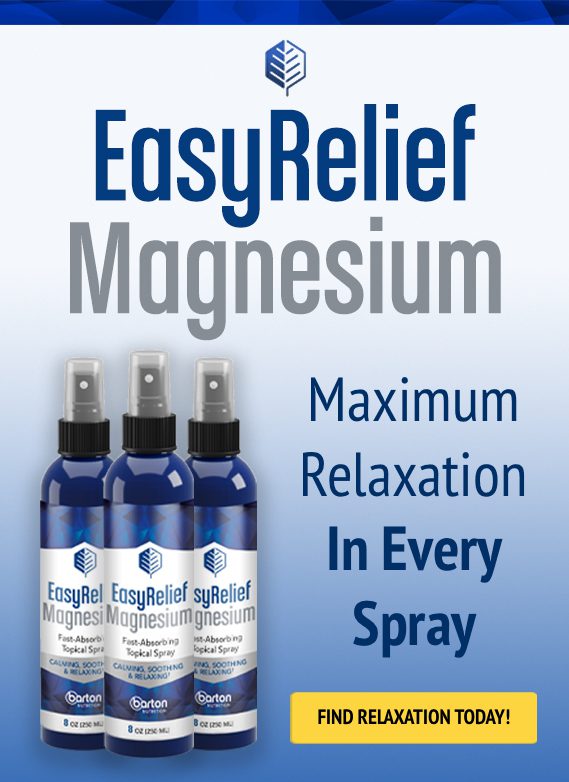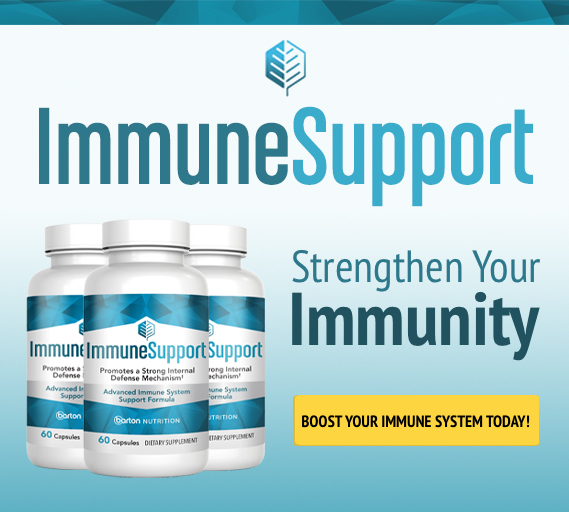Is There A Cure For Autism?
In 1976, a ground-breaking book was published about an autistic child who was cured of his autism. Prior to that time, autism was thought to be an incurable disease. Raun Kaufman disproved the theory, whose own son triumphed over autism.
However, even today when parents are told that they have a child with autism they are almost always told that there is no cure. In fact, if a person diagnosed with autism improves, then most doctors still assume the diagnosis was wrong in the first place. But in a world where we regularly heal leprosy, cause the blind to see, the lame to walk and the deaf to hear, I think it is not very realistic to call anything “incurable.” We are beginning to understand that “incurable” just means “ignorant.” If we understand a disease, then we can cure it.
Symptoms
Autism is not a disease with a cause; it is simply a collection of symptoms. People who are diagnosed with autism meet certain criteria that include:
- Problems with social interaction, such as a lack of eye contact or not acknowledging others.
- Language delays, such as speaking, reading or writing.
- Repetitive behaviors, such as spinning things, flapping hands, or balancing things.
Causes
Like every other part of the body, the brain has stages of development. If there is an insult during a certain stage, the function that would normally take place doesn’t happen and there is a resulting deficit. In autism, the insult to the developing brain seems to happen anywhere from the womb to early childhood. Those things that are thought to cause this disturbance are many, some of which include:
- Toxins, such as mercury, lead, mold toxins, pesticides, and industrial solvents
- Infectious diseases, such as viruses, prions, and bacteria
- Allergies
- Food sensitivities
- Nutrient deficiencies
- Genetic predisposition
A word about genetic predisposition is in order. Twin studies indicate anywhere from a 50 to 200 percent increased risk of autism due to genetics. Put into perspective: if the average risk is 1 in 1000, the risk of the other twin getting autism is anywhere from 1.5 to 3 per 1000. The genetic risk may be simply susceptibility to one of the other potential causes such as a nutrient deficiency, allergy, or toxin. We are beginning to understand that having a genetic defect doesn’t guarantee a disease. If we change the environment, we can change the expression of genes.
Treatment
When a child meets the criteria outlined by experts, he is labeled “autistic.” The parents are then told they can try therapy, but nothing more can be done. Because the causes of autism are many, we don’t yet have a single cure for it. However, many individual cases have been cured or at least improved.Because there are so many possible causes of autism, getting to the root of why an individual child has the symptoms of autism and then correcting it is difficult. Moreover, even if the insult is removed, it doesn’t change the fact that the brain is not functioning. For example, there is some good evidence that mercury may produce symptoms of autism to those who are susceptible. However, when mercury is removed from the body and brain, the symptoms don’t automatically resolve because the damage done doesn’t automatically heal. This is why there needs to be a combination of treatments. First, find and remove the insult. Second, find therapy to improve function.
The following is a list of options for diagnosis and treatment that may not be recommended by a doctor:
1. Biomedical Therapies
Trying to find and remove the offending cause is the goal of Defeat Autism Now! (DAN!), now known as the Autism Research Institute. Doctors trained in the DAN! protocol test for toxins, food sensitivities, nutrient deficiencies, and infections to try to find a cause of autism. The treatment can then be based on the need, and may include a special diet, supplements, antibiotics, chelation and so forth. While not all find a cause, there are many who improve with this protocol.
2. Applied Behavioral Analysis (ABA)
Applied Behavioral Analysis (ABA) is a reward-based training. This is the most common type of therapy offered because insurance often pays for it.
3. Occupational Therapy
Occupational therapy focuses on building daily living skills.
4. Social Skills Therapy
This can teach a person how to interact with others.
5. Physical Therapy
Physical therapy can build up strength, coordination, and basic sports skills, as well as improving the functioning of the brain.
6. Play Therapy
Play therapists may have training in particular therapeutic techniques such as Floortime or The P.L.A.Y. Project. Or, play therapy may be incorporated into speech, occupational or physical therapy.
7. Behavior Therapy
Behavior therapists are trained to figure out just what lies behind negative behaviors, and then to recommend changes to the environment and routines in order to improve behavior. This may include “sensitivity” analysis because some diagnosed with “autism” are simply hypersensitive to their environment.
8. Developmental Therapies
Floortime, Son-rise, and Relationship Development Intervention (RDI) are all considered to be “developmental treatments.” This means that they build from a child’s own interests, strengths and developmental level.
9. Visually-Based Therapies
Many people with autism are visual thinkers. Some do very well with picture-based communication systems such as PECS (Picture Exchange Communication). Video modeling, video games and electronic communication systems also tap into autistic people’s visual strength to build skills and communication.
10. Speech Therapy
Speech problems are common to those with autism and therapy is often essential for improvement.
Many of these therapies can be taught to parents and practiced in the home, like Floortime. None of these are exclusive of the others so they can be used at the same time.
Since the time of Raun Kaufman, there have been many advances. His family started a therapy called “Son-Rise” as noted above. Some are helped a great deal by this treatment. Remember, autism is not a specific disease and has multiple possible causes of autism, some of which are not known. However, there are many resources for a cure available which may not be suggested by your doctor. Do your own research because the answer for any one person with autism may be different from others with the same symptoms of autism. Weigh the risks and benefits of each; choose those first where the benefits are much greater than the risks. It’s helpful to work with a knowledgeable doctor such as one trained in the DAN! protocol. The bottom line is: if you are told it can’t be fixed, move on and keep looking.
Are you a clinician, a volunteer, a doctor, a teacher, a para, an OT, or other specialist supporting Autism? Are you an advocate, a parent, a sibling or a grandparent? Share your story on our post!
Dr. Scott D. Saunders, M.D. (Ask-an-MD) is a practicing physician, specializing in preventative healthcare, who utilizes eclectic health care for the whole family, including conventional, orthomolecular and natural medicine. He is also the medical director of The Integrative Medical Center of Santa Barbara in Lompoc, CA. He went to UCLA medical school and is board certified in family medicine. View natural remedies with Dr. Saunders at: http://www.youtube.com/user/naturalEdoctor01


























